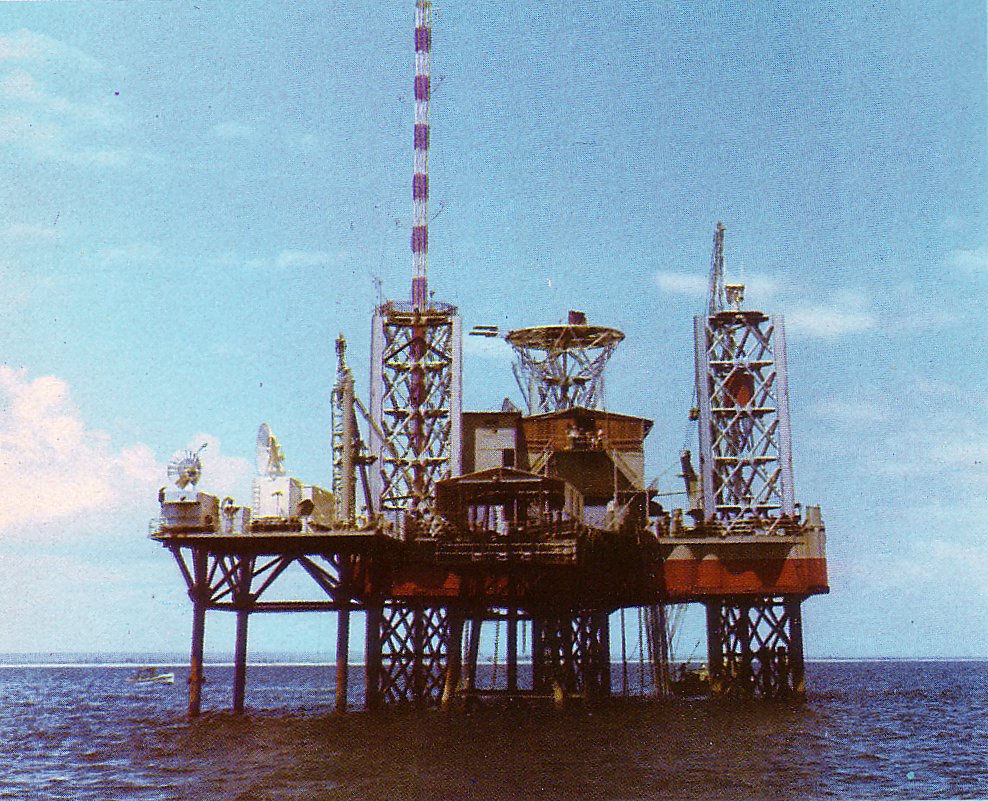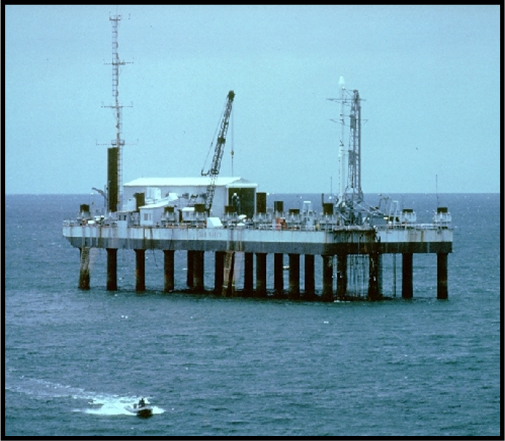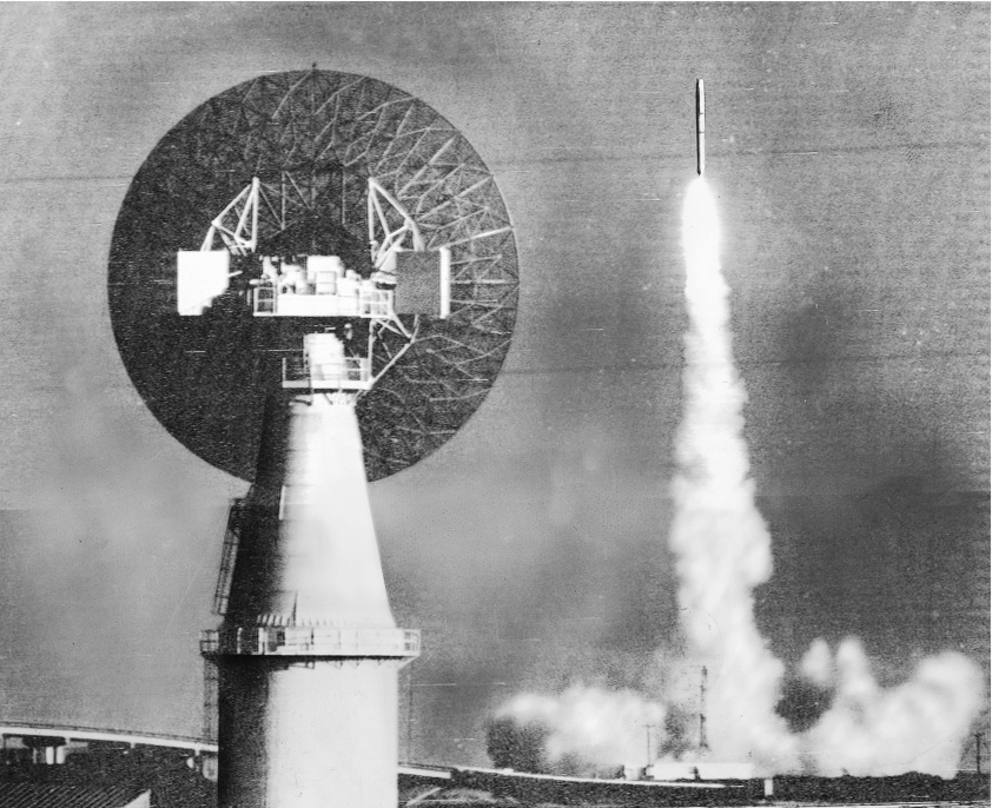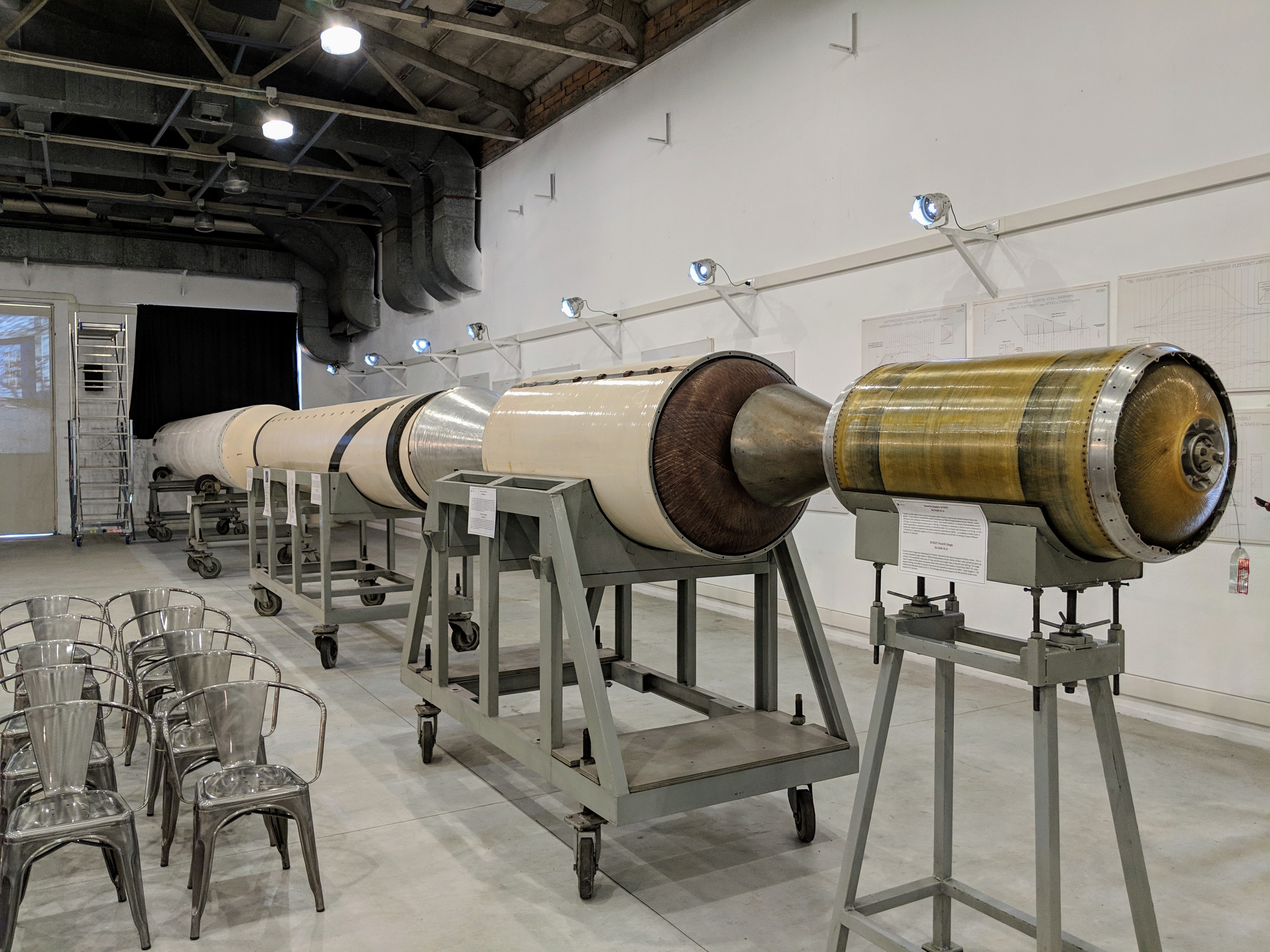Welcome to the Museum of the School of Aerospace Engineering — a fascinating journey through innovation, technology, and the history of Italian Space Engineering.
Located in the heart of our School of Aerospace Engineering, the museum is a captivating space open to everyone, dedicated to all curious minds eager to be inspired by the history of our institution. (https://sia.web.uniroma1.it/it/chi-siamo)
Piattaforme Operazione San Marco



One of the focal points of our museum is the San Marco Operation, a pioneering program that marked an important chapter in the history of Italian space research. This program saw a series of experimental rocket launches that began in the 1960s.
You can observe a reconstruction of the launch platform located 3 miles off the coast of Malindi and relive the extraordinary adventure of the first satellites launched by Italy, as well as the fundamental role played by the School of Aerospace Engineering in this process.
Thanks to the launch of the first satellite in the series, in 1964 Italy became the third country in the world, after the United States and the Soviet Union, to place its own satellite into orbit.
Among the many satellites of various sizes, you can closely observe the San Marco 1960 Satellite, affectionately called the “balloon” by technicians, which was designed to conduct experiments on air density.
SCOUT (Solid Controlled Orbital Utility Test System)
At the heart of the museum, there is a fascinating artifact: the Scout D-1 from 1977. This vehicle, a symbol of an era when adventure and exploration were within everyone's reach, tells a unique story of discovery and a passion for nature.
As you walk along the exhibit, you can observe the explanation of each of the four stages of the solid propellant launcher.

TIGRISAT
It is a 3U CubeSat satellite launched in June 2014 from the Russian Yasny base using the Russian Dniepr launcher. It is the last of the satellites developed by the faculty of the School of Aerospace Engineering in collaboration with the students.
The technologies used in the nanosatellite include ground pointing through magnetic control, the development of an innovative onboard computer (ABACUS), and a patch antenna in the S-band with a variable radiation pattern.
Contacts
Scuola di Ingegneria Aerospaziale
Orario: Lun - Ven 9.00 - 18.00
Email: contatti.sia@uniroma1.it
Pec: sia@cert.uniroma1.it
Fax: (+39) 06 4991 9757


